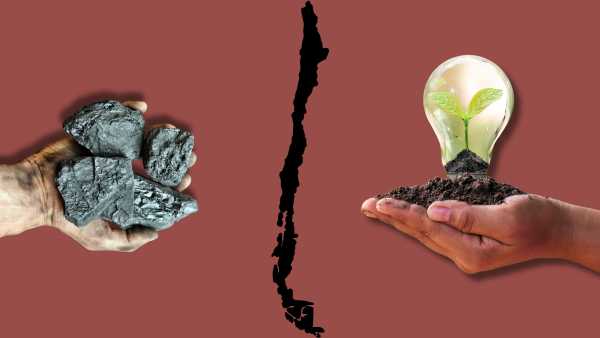by Johanna Järvelä & Lotta Aho

What happens when a country moves from purely voluntary regulation towards binding laws? In our research paper we examine how the changes in Chilean environmental regulation affected the mining conflicts in the country.
In Chile, neoliberal policies were implemented to a great extent during 1970’s and 80’s and the legacy of these policies was an almost absent environmental regulation until 2010. Given this background, Chile represented an interesting case to study what were the outcomes of the absence of environmental regulation and ensuing privatized regulation to the environment and society in Chile. And why, especially in time when global tendency was more towards deregulation, Chile was taking the path of re-regulation.
The first environmental institutions were founded in 1995, but it was not until 2010 that true change in environmental sector happened because new environmental regulation was introduced and actually enforced for the first time. Even though many of the bigger mining companies were following international voluntary standards, they started to get fines from the Superintendencia del Medio Ambiente (SMA) and the amount of the fines given out by SMA grew each year. It was not because companies were becoming more irresponsible but rather that their ‘business as usual’ was not tolerated anymore and the international voluntary standards proved to be inadequate for environmental protection.
The cowboy practices of past, known for example as ‘senor con el maletin’, the man with the (money) briefcase, were not only condoned no more but also started to cause problems for the companies engaging in these practices. There was a momentum in Chile when simultaneously environmental regulation and institutions were strengthened, and environmental awareness and the number of mining conflicts were increasing. The root cause of the conflicts was environmental breaches that had been happening long before the environmental authorities started to fine companies for them. However, the new environmental laws and growing civil society movements offered the people a stronger position in making the claims and opportunities to seek environmental justice through courts along with bringing the claims more publicity. This in turn forced the companies to not just launch new corporate sustainability programs but also improve their communication with the communities.
The main takeaway from this study is that regulation in itself – be it voluntary or public – is a dead letter without proper implementation and enforcement. To achieve any real change the states need to ensure there is a separate institution to monitor that the laws are abided and sanction those who breach the laws. From private-public interactions perspective, it was the international private regulation together with civil society campaigns and need to align with OECD country standards that in the end instigated the change in Chilean regulation. As more diverse actors and interests became part of the powerplay deciding the regulatory outcome, it helped to de-capture of the political system of environmental regulation from purely industry interest.
To read more about this institutional change and it’s impacts read the recent working paper by Johanna and Lotta: Going Against the Tide : Towards Binding Environmental Regulation of Mining in Chile.












